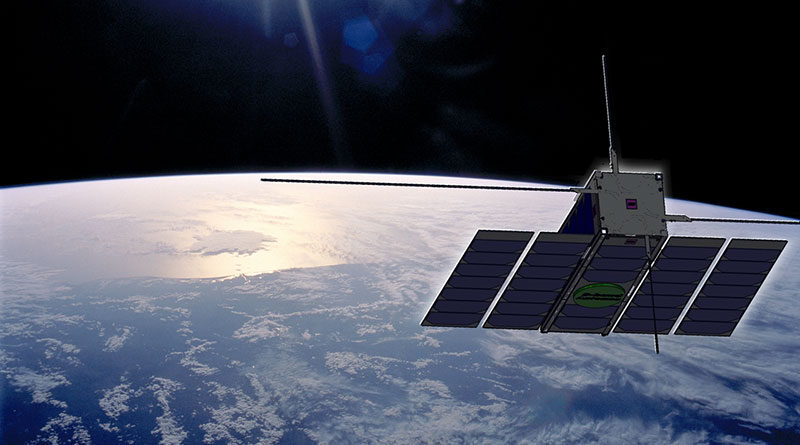Thales Seizes Control of ESA Demonstration Satellite in the First Cybersecurity Exercise
The European Space Agency (ESA) challenged cybersecurity experts in the space industry ecosystem to disrupt the operation of the agency’s OPS-SAT demonstration nanosatellite. Participants used a variety of ethical hacking techniques to take control of the system used to manage the payload’s global positioning system, attitude control system and onboard camera.
Unauthorised access to these systems can cause serious damage to the satellite or lead to a loss of control over its mission. Thales’s offensive cybersecurity team worked with the Group’s Information Technology Security Evaluation Facility (ITSEF2) for this unique exercise, which demonstrates the need for a high level of cyber resilience in the very specific operating environment of space.
The attitude of a satellite refers to its orientation or position relative to a reference frame, which is usually the Earth. Specifically, it describes the satellite’s three-dimensional orientation with respect to three perpendicular axes: roll, pitch and yaw.
An Information Technology Security Evaluation Facility (ITSEF) is a trusted, independent third-party product security testing facility accredited by a national certification body (ANSSI in France).
The Thales team of four cybersecurity researchers accessed the satellite’s onboard system, used standard access rights to gain control of its application environment, and then exploited several vulnerabilities to introduce malicious code into the satellite’s systems. This made it possible to compromise the data sent back to Earth, by modifying the images captured by the satellite’s camera, and to achieve other objectives such as masking selected geographic areas in the satellite imagery while concealing their activities to avoid detection by ESA. The demonstration was organised specifically for CYSAT to help assess the potential impact of a real cyberattack and the consequences for civilian systems.
Throughout the exercise, ESA had access to the satellite’s systems to retain control and ensure a return to normal operation.
“Thales is grateful to ESA and the CYSAT organisers for providing this unique opportunity to demonstrate the ability of our experts to identify vulnerabilities in a satellite system. With the growing number of military as well as civil applications that are reliant on satellite systems today, the space industry needs to take cybersecurity into account at every stage in the satellite’s life cycle, from initial design to systems development and maintenance. This unprecedented exercise was a chance to raise awareness of potential flaws and vulnerabilities so that they can be remediated more effectively, and to adapt current and future solutions to improve the cyber resilience of satellites and space programmes in general, including both ground segments and orbital systems,” said VP Cyber Solutions, Thales, Pierre-Yves Jolivet.



